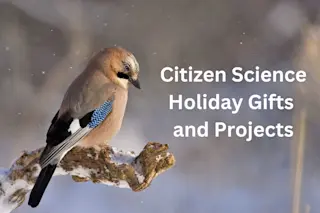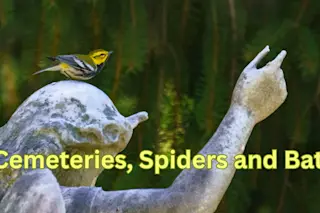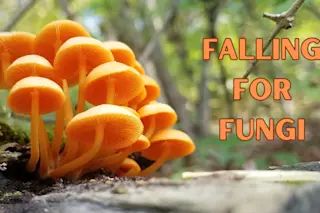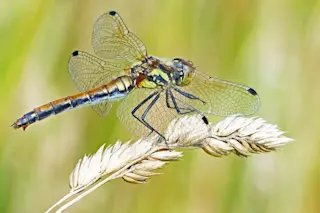Citizen Science Salon is a partnership between Discover and SciStarter.org.
It’s the beginning of another school year, and citizen science is a great way to get back into the swing of learning for curious people of all ages. There are hundreds of projects using classroom materials to choose from on SciStarter, and a free Foundations of Citizen Science training is available to introduce citizen science to your learners.
Creating a new science learning space on school grounds can seem intimidating, costly and overwhelming. But with minimal materials, you can turn any campus into a citizen science learning lab!
Below are a handful of citizen science projects that will engage students and lifelong learners alike, catalyze learning and help keep science real this school year!
Cheers,
The SciStarter Team
Credit: USFWS Digital Library
USFWS Digital Library
Each fall, monarch butterflies in North America begin their long journey south from Canada, through ...














